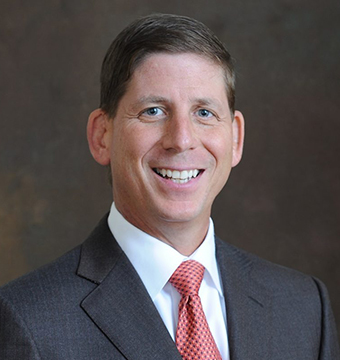A frequent topic on this blog is physical therapy marketing and PR. I thought that a recurring discussion regarding this topic would be appropriate.
One of my favorite magazines is Fast Company. They always seem to be on the cutting edge of technology and present a full ranges of stories that you just don’t get from traditional media sources.
This month there is a feature article entitled: The Most Valuable Player in Sports Medicine: James Andrews by Chuck Salter. The article details the significant expertise, acumen, and history of Dr. James Andrews who is unquestionable this country’s pre-eminent sports medicine physician. He is not only a skilled craftsman but obviously a great marketer and business generator for all aspects of this part of the health care chain. It also details the problems Dr. Andrews got into with Healthsouth and the $450,000 civil settlement that he paid regarding potential self-referral laws.
The article also points out that two thirds of the patients that are seen at his clinic and in particular the PT clinic are not sports figures but everyday Joe Lunchpales. Dr. Kevin Wilk, who has worked for/with Dr. Andrews for 19 years is somewhat featured (well, at least his picture is in the article and he is mentioned). Without question, Kevin is a noted authority in sports medicine, well published, extremely engaged within our professional association, and lectures internationally. (side note: the online article due to typesetting is portrayed differently than the print copy which shows the athletes that Dr. Andrews has consulted or operated as the front page of the article).
Fast Company is read by thousands of influencers in the U.S. and this is a particularly significant marketing for Andrews and his clinics in Alabama and Florida. You could not buy a better medium to have an article about you or your service.
However, I was particularly disappointed by the lack of emphasis on the rehab component of sports medicine in the article. In my opinion, it is treated sort of like an old school “after care” type of program and approach with the surgeon of course getting the top billing. Perhaps I am being just a little sensitive and defensive of our profession and the fact that many surgeries’ outcomes are driven by the rehab component than the surgery itself. I also realize that the gist of the article was deliberately about the surgeon!
For discussion, I would like to hear the thoughts and opinions of the EIM readership.
Is this article good or helpful for our PT profession? Does it portray PT accurately? Does it put PT as subordinate to physicians? Should we promote this kind of article to the mainstream through press releases and highlights?
